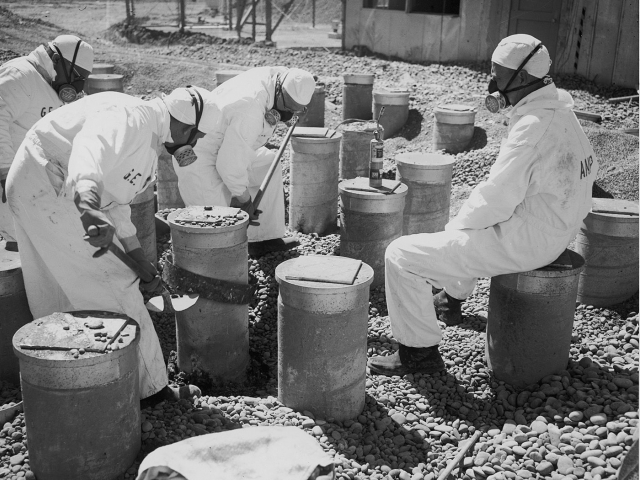
Three female policymakers to change political landscape in EU
The leading economies of the European Union—Italy, France, and Germany—stand on the threshold of a potential political shift that could reshape the foundations of European integration. Three key figures: Giorgia Meloni, Marine Le Pen, and Alice Weidel could set the tone for this transformation. Despite differences in their backgrounds and approaches, they are united by a common goal: to shift power away from Brussels toward national governments, redefine the EU's role in global politics, and strengthen internal economic sovereignty.





































